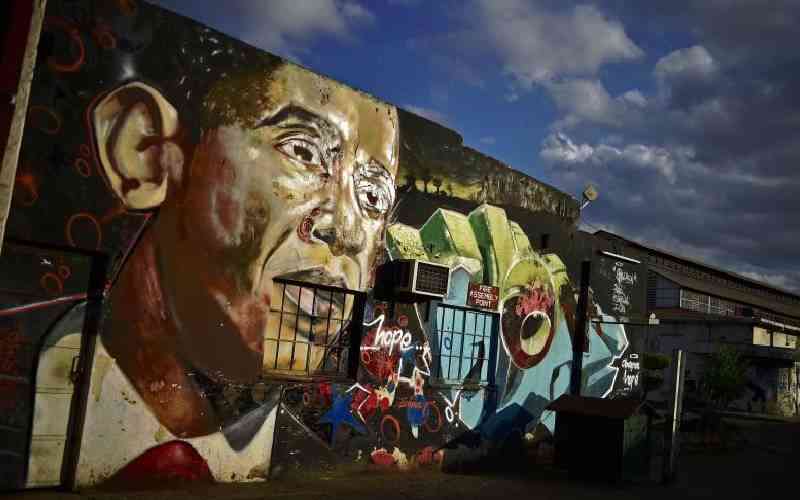×
The Standard e-Paper
Informed Minds Prefer The Standard

In 2018 I came across a Twitter post by musician Eric Wainaina. The 20-second clip featured him with actors and producers of the children’s play Tinga Tinga Tales, standing on a street on Broadway, in New York City’s theatre district.
Wainaina says, “Our musical is showing in New York City. Brand Kenya, what have you done today?” To which the crowd responds with a resounding “Nothing!”.